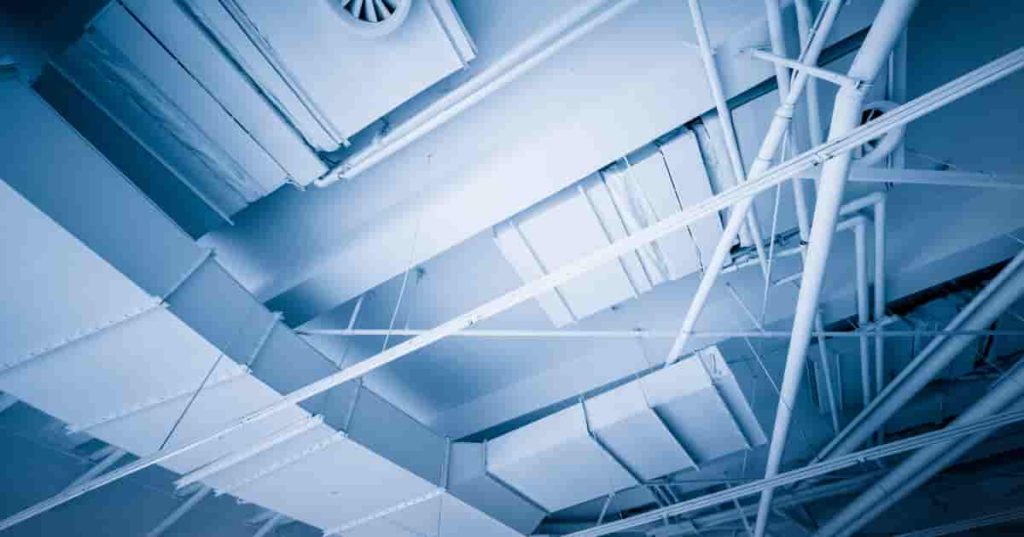Ducting and piping are crucial components in many industrial processes. Mechanical design consultants use these terms commonly in industrial projects.
What is ducting and piping?
Ducting refers to a system of pipes or channels that convey air, gas, or liquid from one location to another. Piping transports liquids or gases within a facility from the storage location to the point of usage.
Both ducting and piping are essential for maintaining the efficiency and safety of industrial operations. Both ducting and piping transport materials and products in different production stages. Ducting may also be used for ventilation, heating and cooling systems, waste disposal, and environmental control. The materials for ducting and piping depend on the application. To transport a corrosive material, mechanical design consultants prefer materials that resist corrosion.
The industrial mechanical design consultants design ducting and piping systems to prevent leaks and blockages and avoid downtime and safety hazards. It is recommended to have regular inspections and maintenance isolate and address them before they become serious problems.
Difference between ducting and piping
The activities of ducting and piping are similar in their use to transport substances but have some key differences between them.
- Purpose: One of the main differences between ducting and piping lies in their purpose. Ducting is primarily to transport air, while piping is to transport liquids or gases.
- Shape: The shape of ducting is typically round or rectangular. In contrast, the shape of piping is usually cylindrical.
- The ducting design ensures air movement in a specific direction while piping transports liquids or gases continuously.
- Material: Ducting is typically of lightweight materials such as plastic or sheet metal, while piping is of heavier materials such as steel, copper, or PVC. One of the reasons is that piping is designed to withstand higher pressures and temperatures than ducting.
- Connections: In ducting, connections are through flanges or snap-lock systems. Whereas in piping, threaded connections or welded joints are used. These threaded or welded joints help prevent leaks and give a secure and permanent connection.
- Insulation: Consultants provide insulation on ducting to prevent heat loss or gain, and on piping to prevent freezing or to maintain a specific temperature.
Conclusion
To conclude, mechanical design consultants use ducting to transport air and piping to transport liquid or gas.












